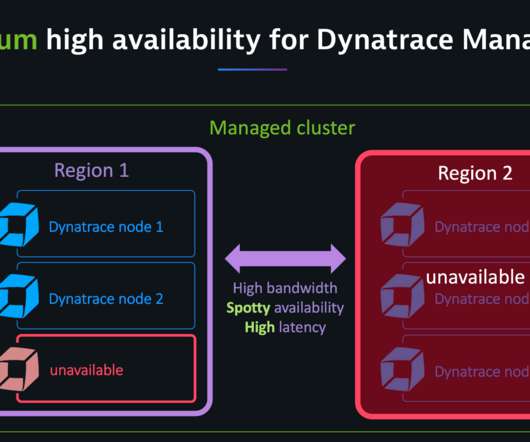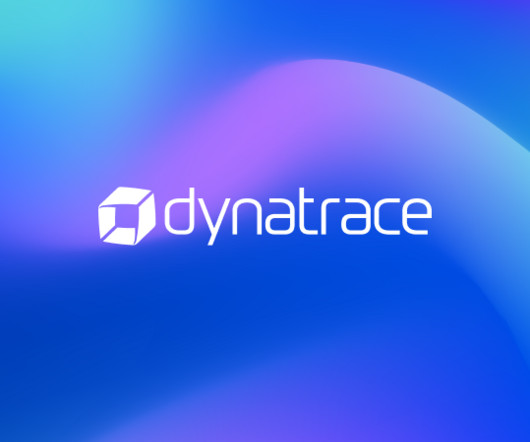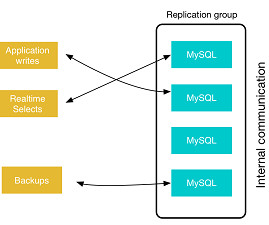Five-nines availability: Always-on infrastructure delivers system availability during the holidays’ peak loads
Dynatrace
NOVEMBER 22, 2022
For retail organizations, peak traffic can be a mixed blessing. While high-volume traffic often boosts sales, it can also compromise uptimes. For organizations running their own on-premises infrastructure, these costs can be prohibitive. What is always-on infrastructure?















































Let's personalize your content